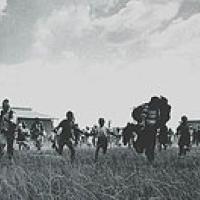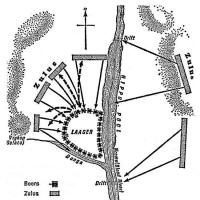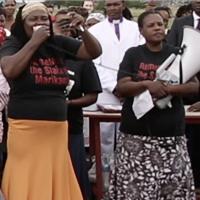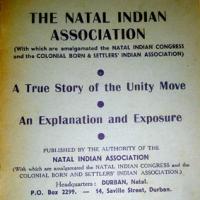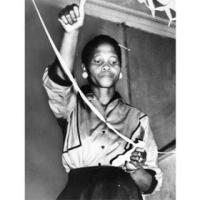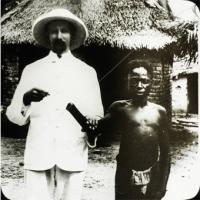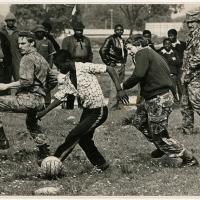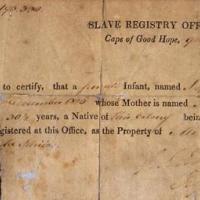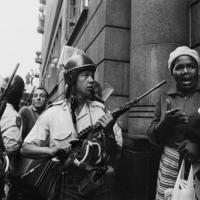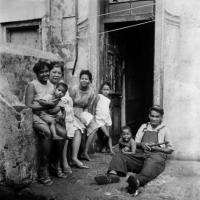History Classroom Grade 10 Topic 2: European expansion, conquest and the slave trade 15-18th century
Featured topics
This day in history
Find out who was born, who died and other significant events from this day in history
History in Images
Bizos and Kentridge
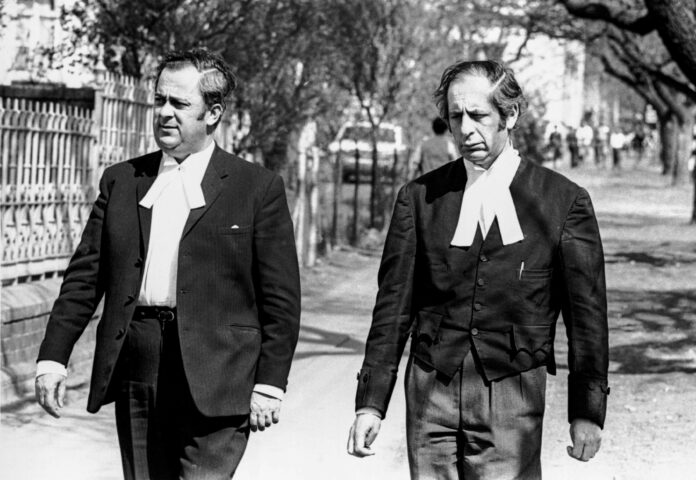
The youngest child of Mozambican immigrants, Sibongile (Bongi) Susan Mkhabela (nèe Mthembu) grew up in Zola, one of the poorest areas in Soweto, Transvaal Province (now Gauteng). Her mother never went to school, while her father worked as a painter but was exploited by his White employer. When her mother died in 1971, her father had to look after the family on a salary of just R20 a week.
Document Preview
This is known as; 'The Parish of Our Lady, Flight in to Egypt'. The German architect, Carl Otto Hager, was the designer. He also did numerous other religious Buildings including the Dutch Reformed Church in Stellenbosch: the 'NG Moederkerk'. The Cathedral was designed in the Neo-Gothic idiom, with the characteristic features such as a high nave and steep roof, side aisles with flat roofs and crenelated parapets, slender in shape, pointed clerestory windows on the inside and an oak screen separating the nave from the entrance porch.
